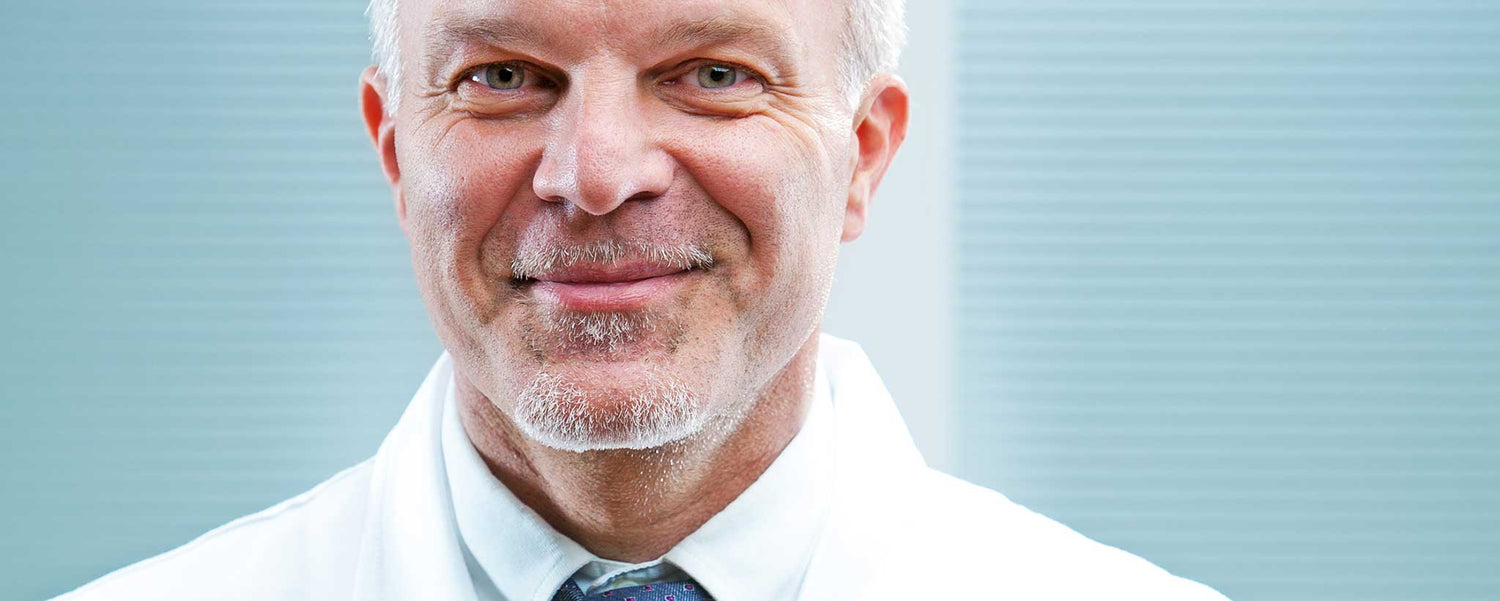It’s entertaining to watch complex illnesses resolve within an hour. Has standard for healthcare lowered or is Hollywood raising expectations?
« Login For Audio »
Times Have Changed
I remember, some years ago, sitting with a relative across a large wooden desk in a doctor’s private office. We discussed symptoms for half an hour during an initial consultation. On a different occasion, I recall another doctor pinning an MRI on the wall, circling an area and articulating exactly why the radiologist overlooked a diagnosis.
There once was a doctor who stood bedside, outlining what was known, what was baffling and how it would be investigated. Back in those days, there were even phone calls from physicians with results. Does this sound like an episode of New Amsterdam?
Entertaining good physicians
Perhaps entertainment has altered our perception of medical reality. Some of the most popular television shows have invited viewers behind the scenes of hospitals—notably, House MD and E.R. In different ways, television may have elevated our perception of doctors’ ability to quickly diagnose and treat diseases. By demystifying the most perplexing ailments within the span of an hour, all “good physicians” are equated with capable diagnosticians.
Rightly or not, as a patient, when I visit the doctor, I am lulled into the notion that I deserve, even must have, one of these good physicians—like Shaun Murphy in the Good Doctor. In the absence of an astute diagnosis prior to treatment, my physician must be the contrary. This makes me long for the foregone days when doctors cared about patients, when they treated the whole person, not just the symptoms. But wait. Do I actually recall such a historical time or are these vignettes just figments of my entertainment-filled imagination?
What’s missing from abundance of care?
Over the past couple of decades a different pattern has emerged. With rising health costs and more patients in the waiting room, many physicians have been constrained to delegation, referral and pre-diagnostic prescription for non-life-threatening conditions. Visits to primary care physicians feel more like a triage. Patients are moved through exam rooms with efficiency and dispatch. Even if doctors wish to spend more time with a patient, the overcrowded waiting room dictates otherwise.
I can’t quite accuse doctors of carelessness. Brain tumors are ruled out with an MRI in response to headaches. If a patient presents numbness, a team of cardiologists, neurologists and physical therapists receive referrals with plenty of blood draws and lab tests. All this activity provides a chimera of care. Insurance companies and patients with high deductibles see plenty of billable services. So what’s missing? A diagnosis.
Idiopathic diagnosis is an oxymoron
Prescription in lieu of accurate diagnosis is becoming commonplace. There are certain prescriptionable buzzwords requiring little patient explanation. Skin eruption? Eczema. Aches and pains? Non-specific inflammation (or myalgia). To be fair, many patients present ailments for which proper diet and exercise is the remedy. Since doctors can only advise but not administer these, treating symptoms keeps complaints down.
When an unexpected pain arises under the current healthcare model, I anticipate, following an 8-minute consult, lab work to rule out major things like an excisable mass or cracked skull. If results are negative, I am prescribed a pain reliever and shouldn’t concern myself with the whys and wherefores. The “diagnosis” is bound to be “idiopathic” or worse yet, one that will later be rescinded.
There appears to be a real shortage of diagnosticians. Overloaded internists are attempting to pick up the slack but the declining level of care is apparent. What about you? Are you more concerned with why a particular illness developed or just how to relieve it?







